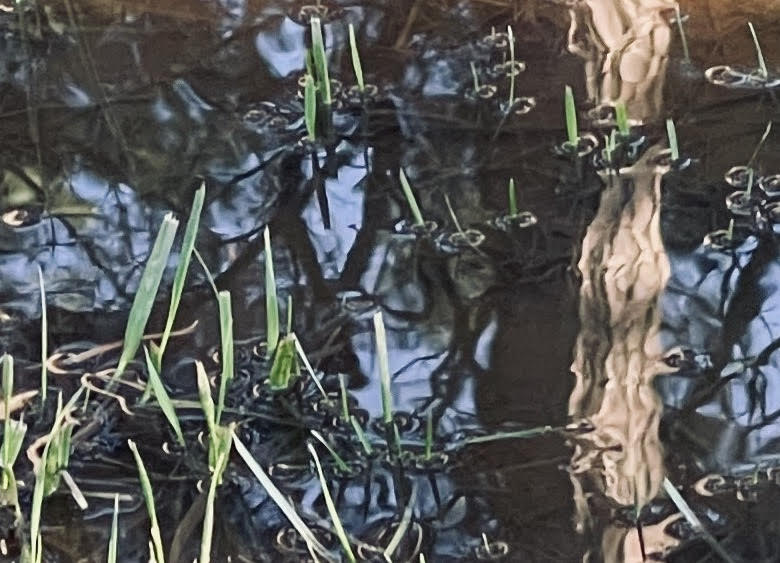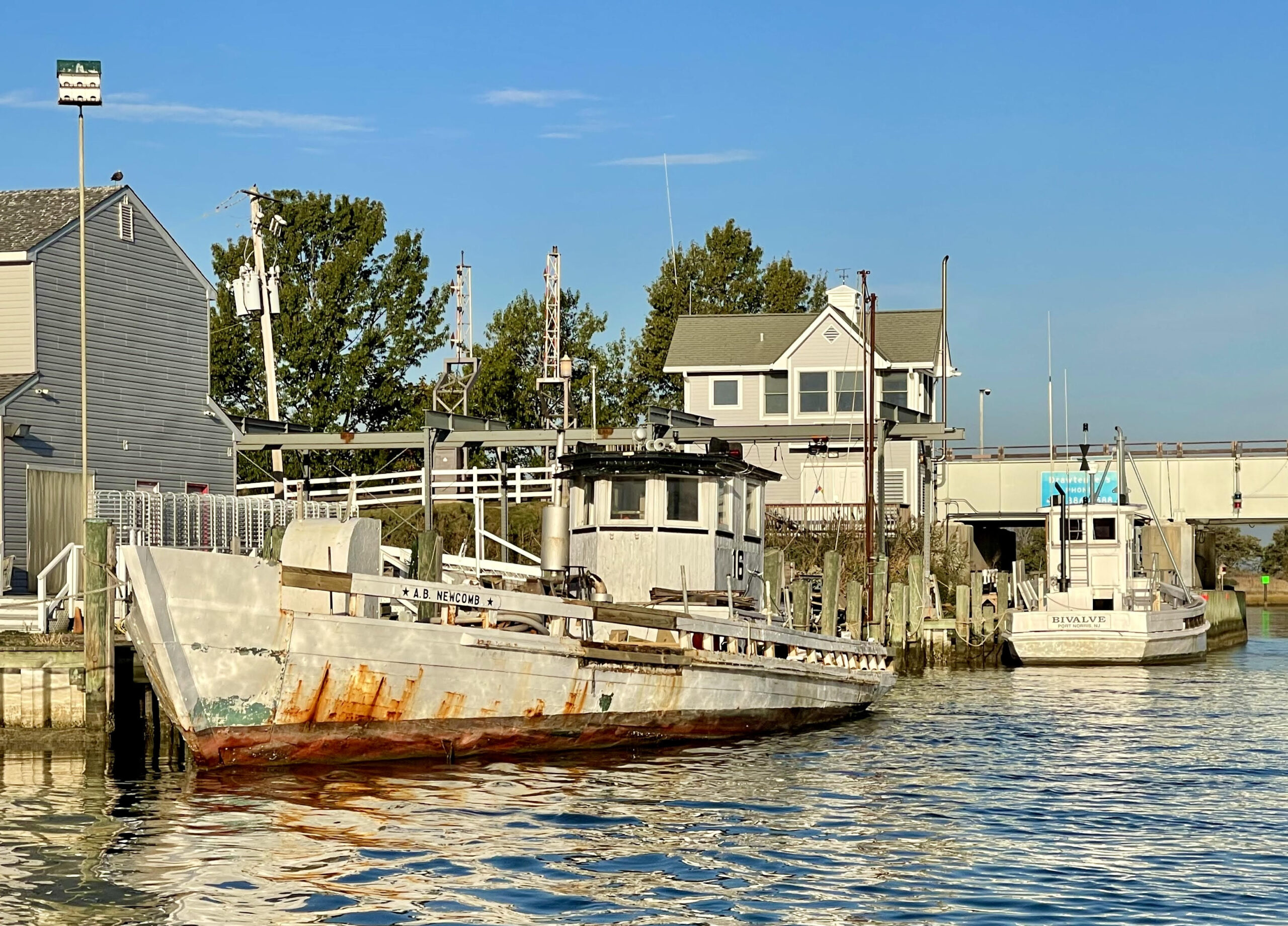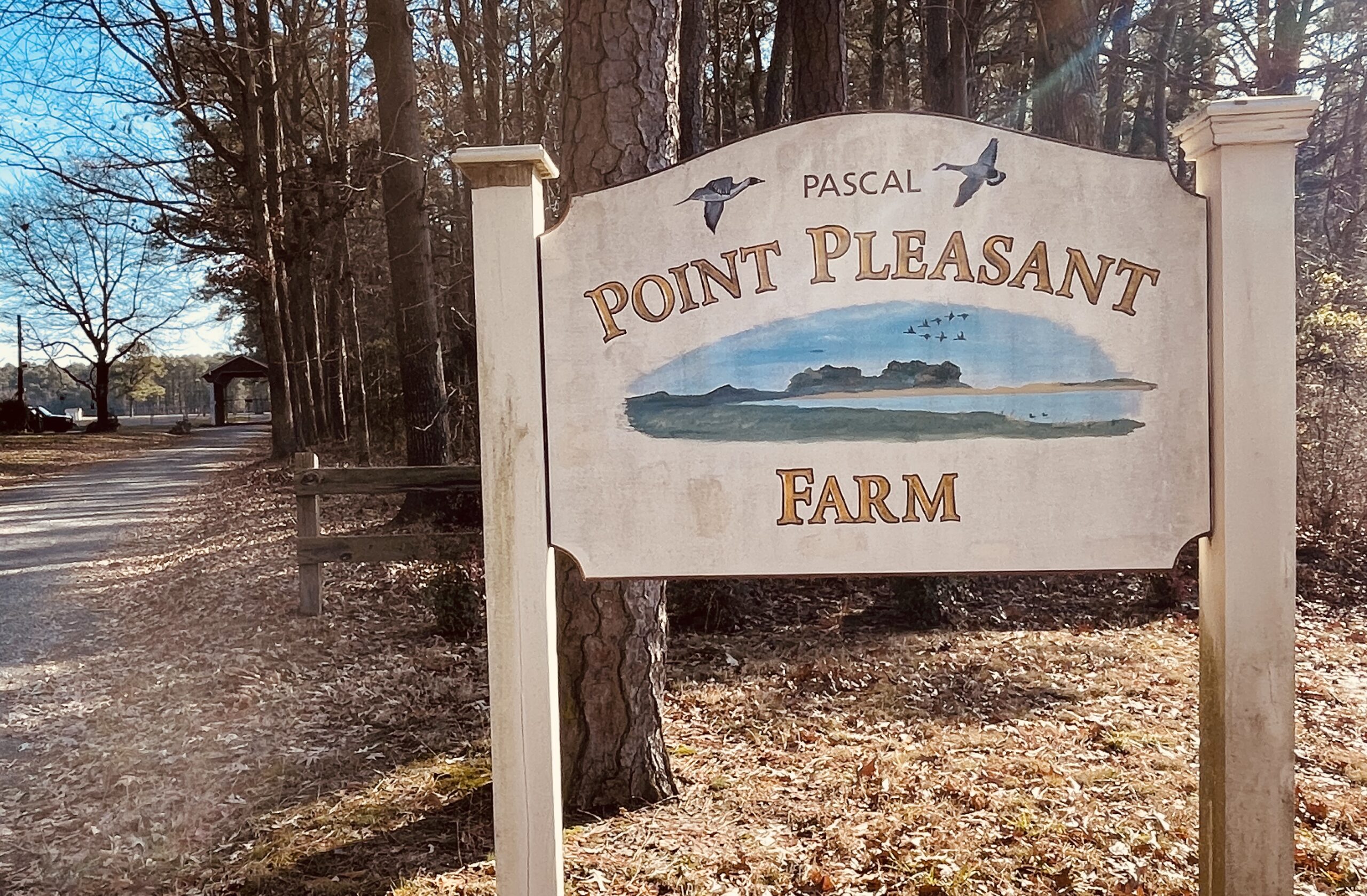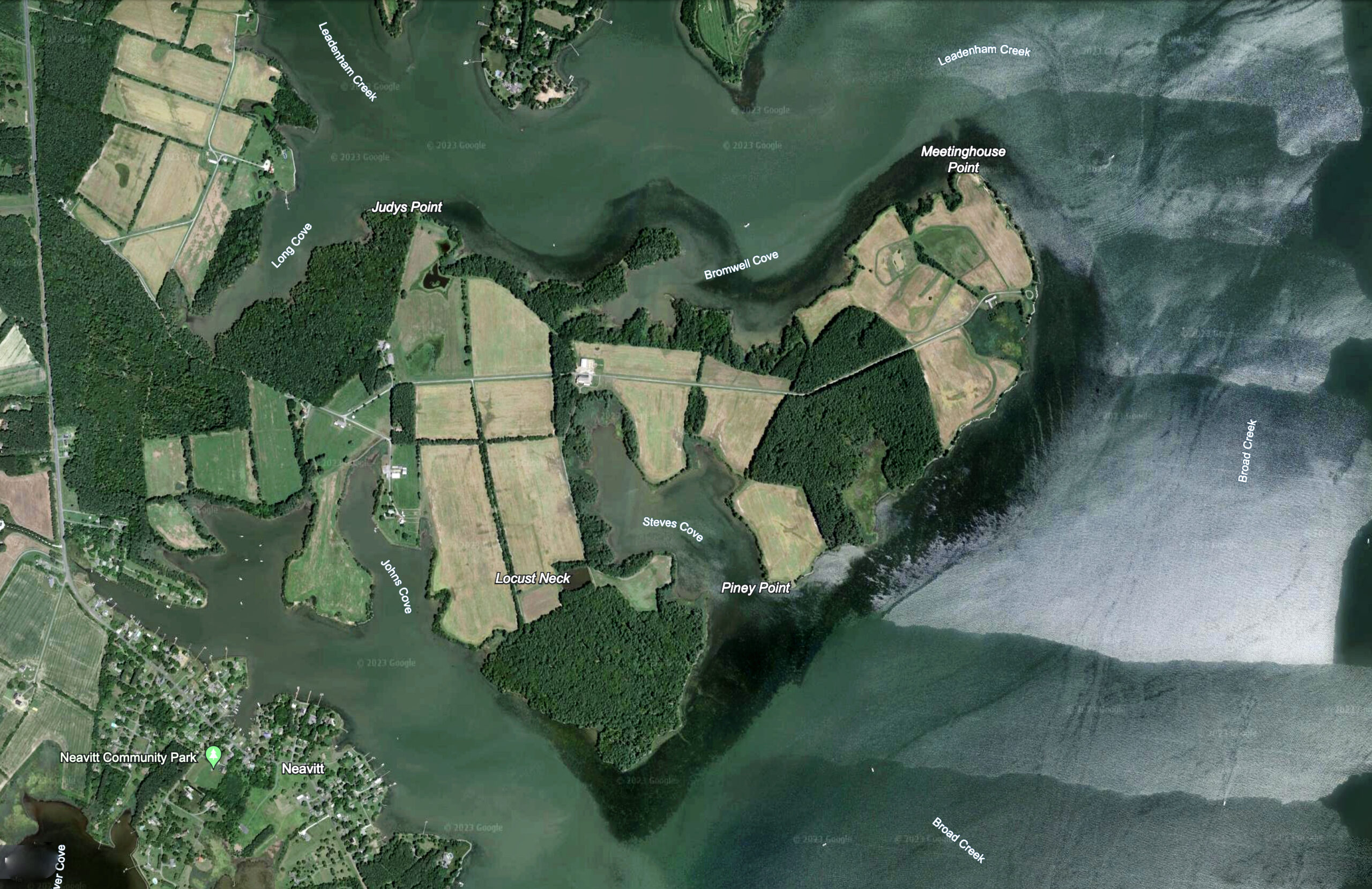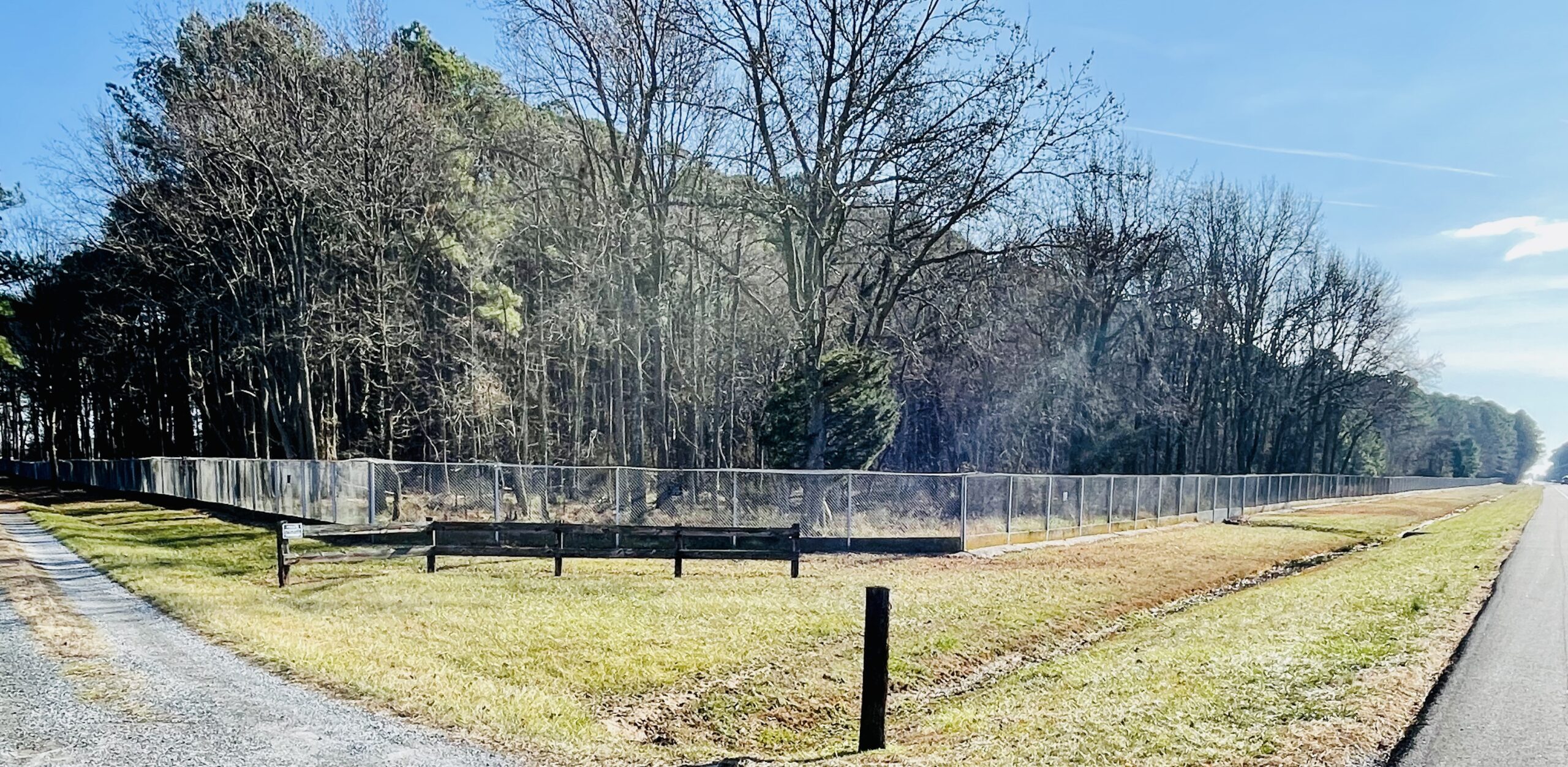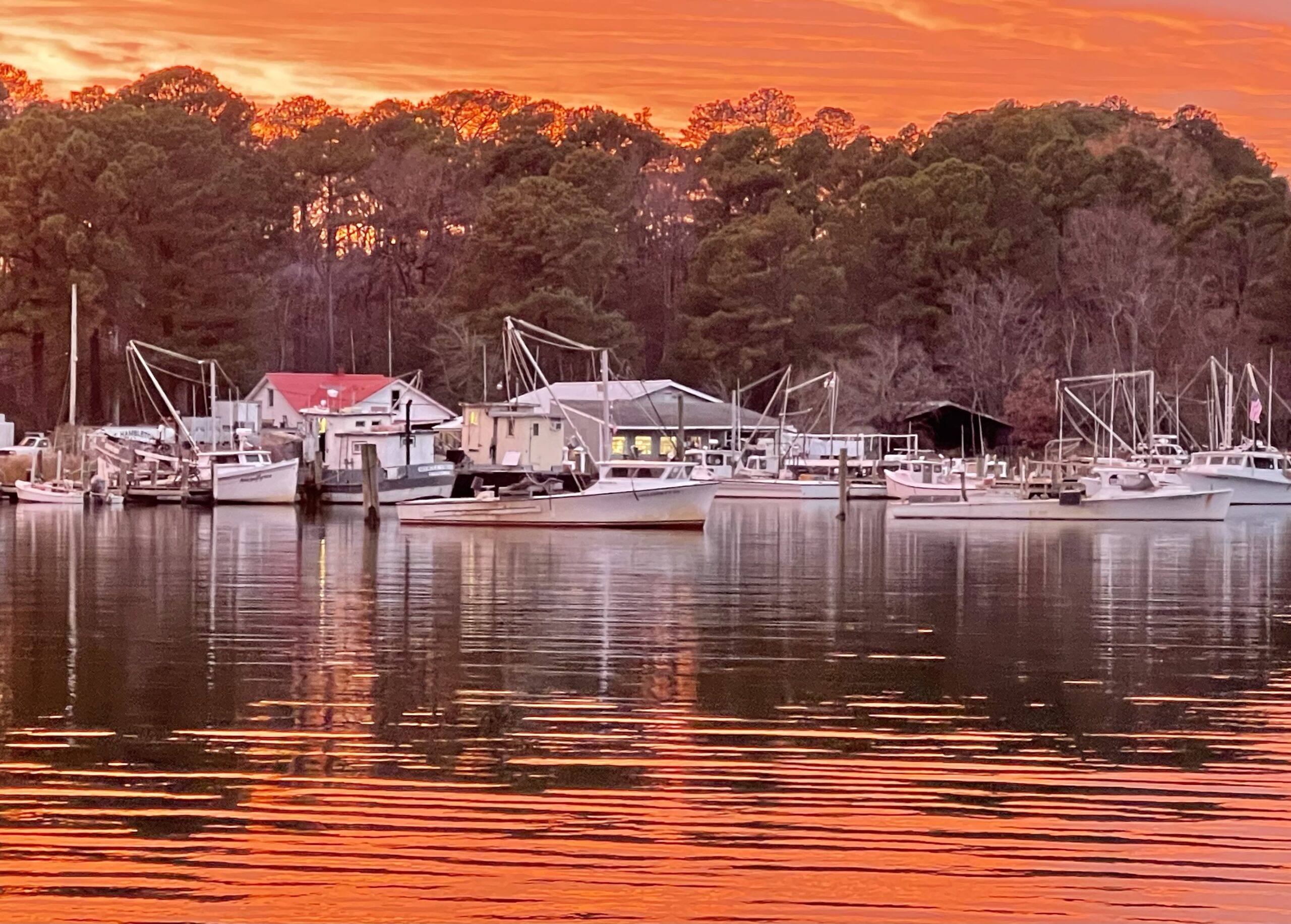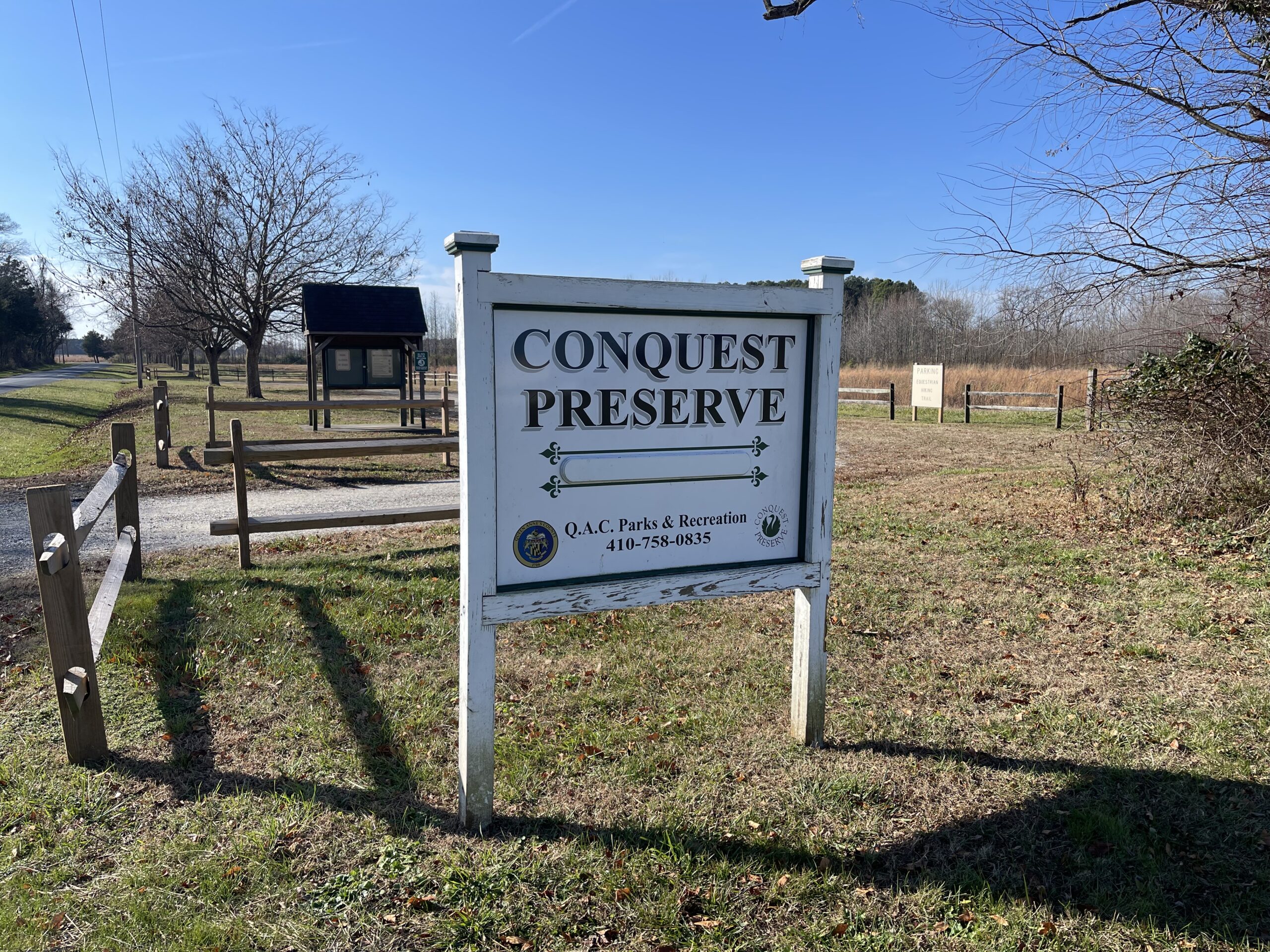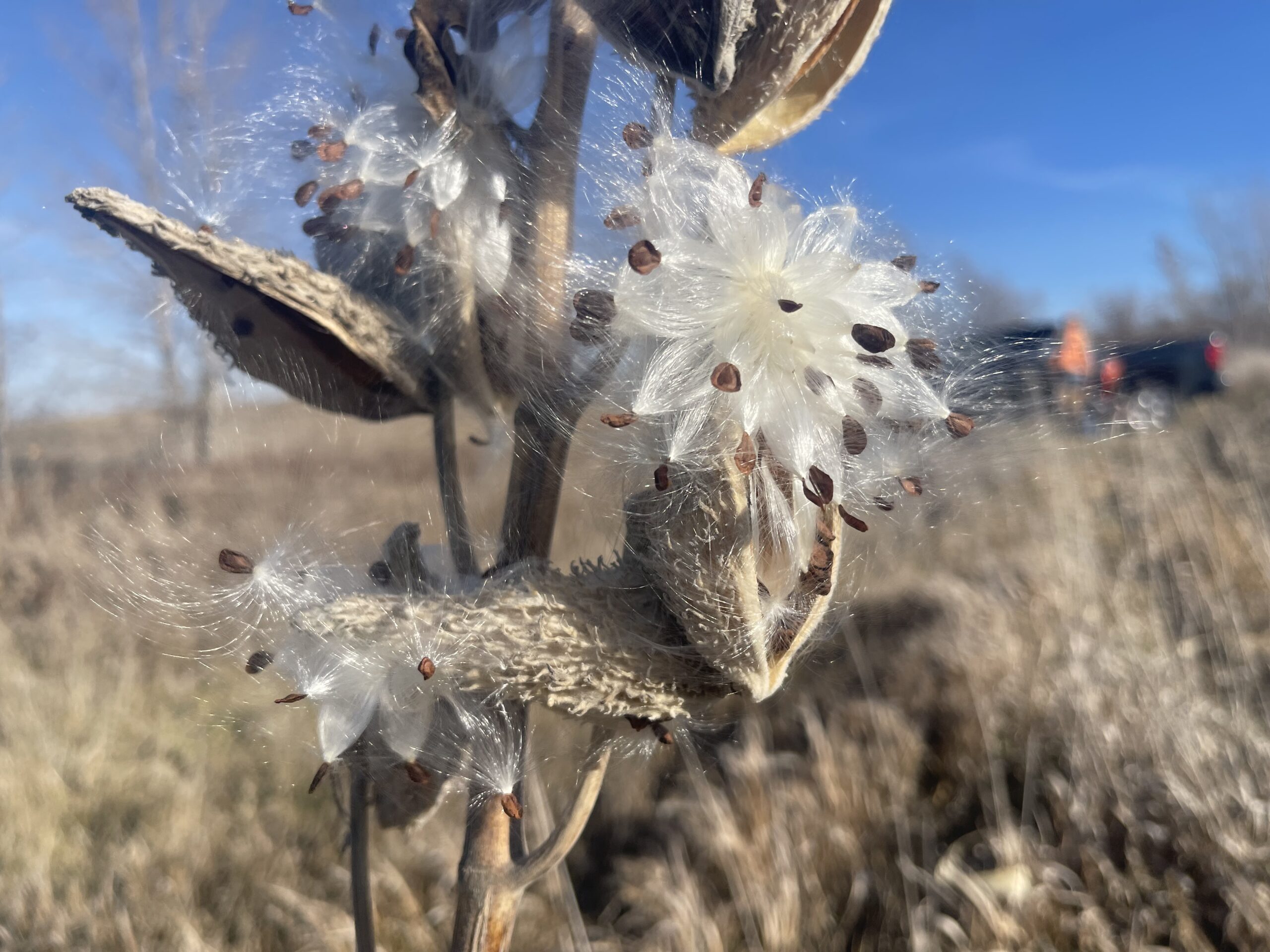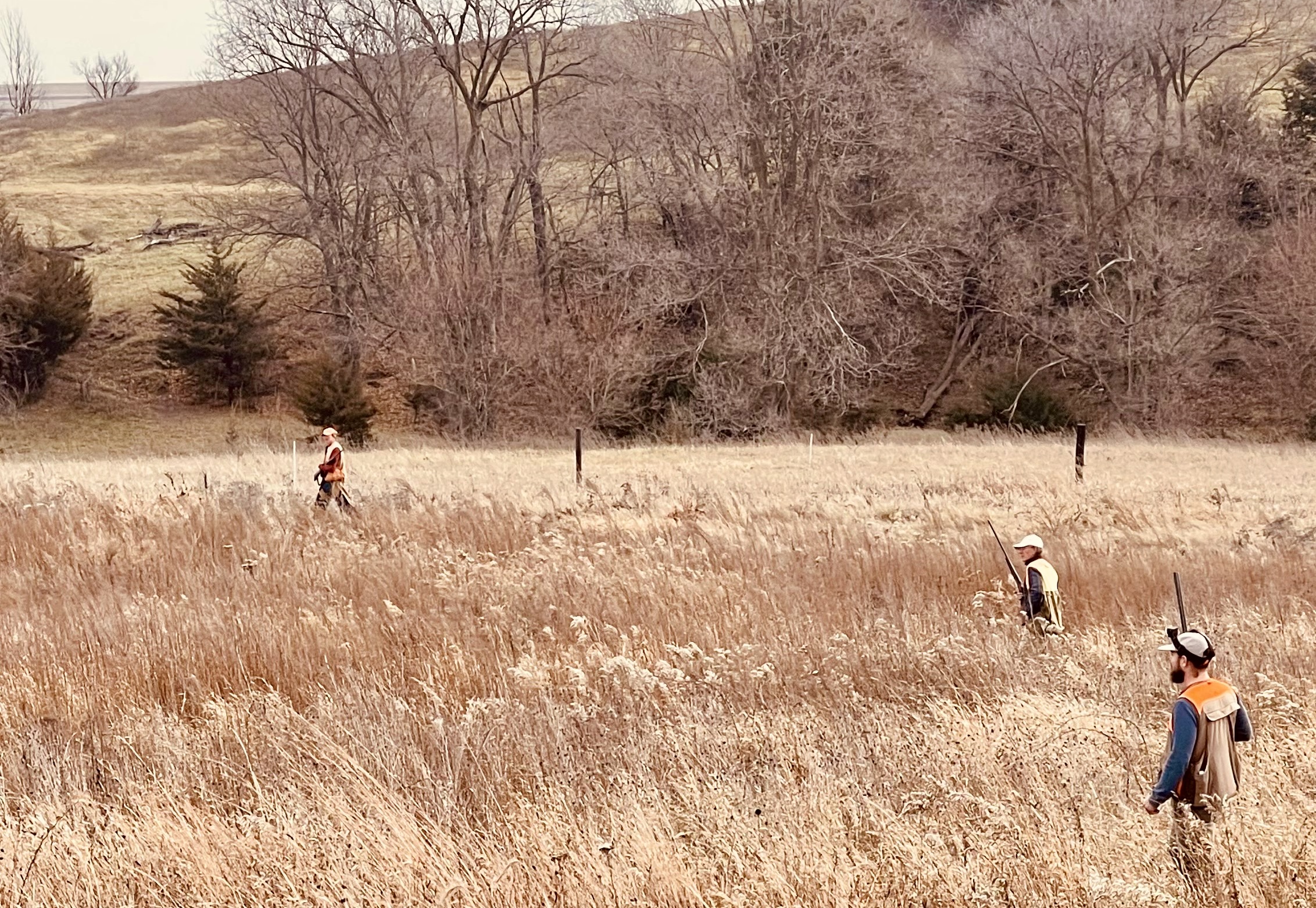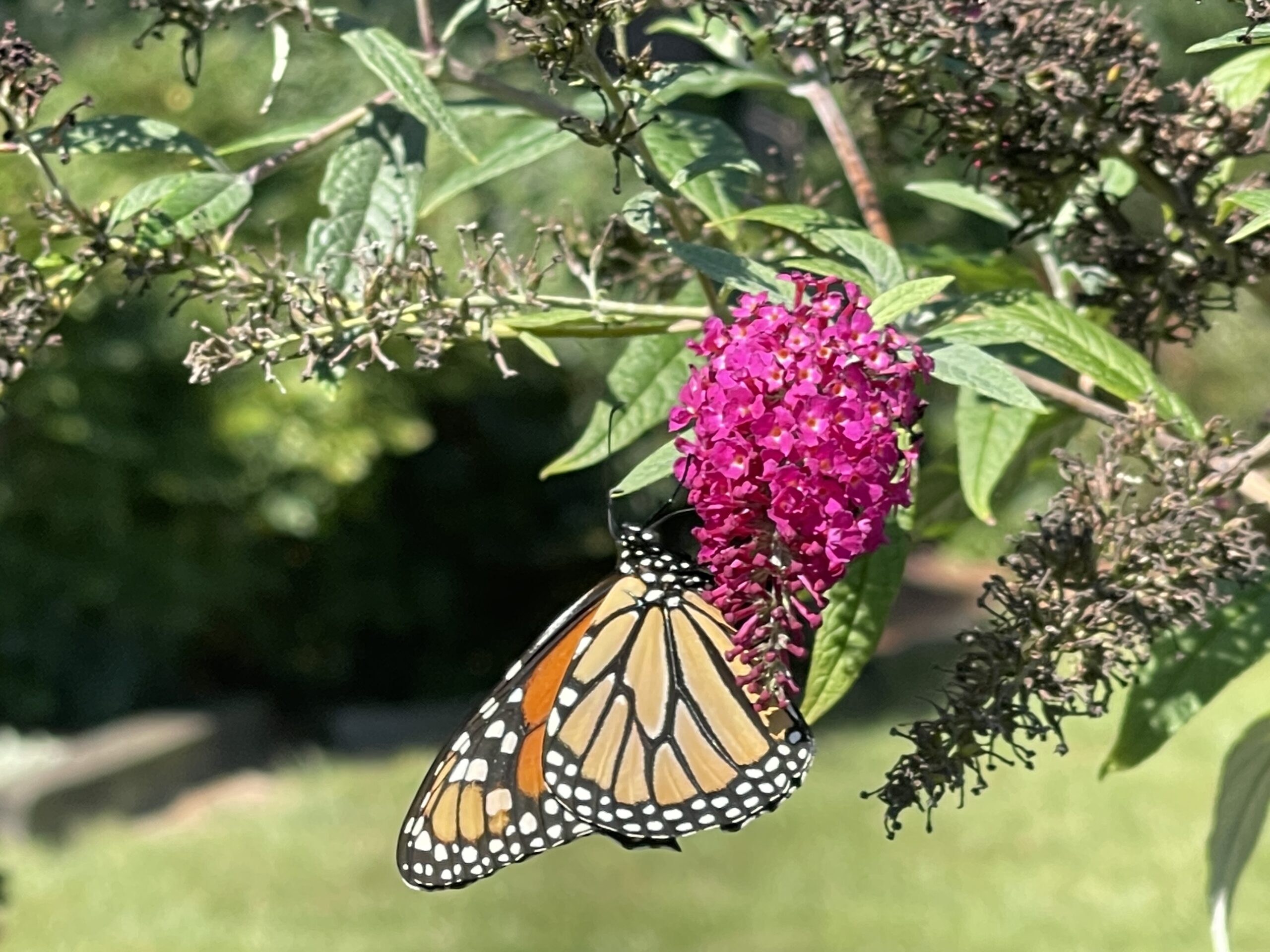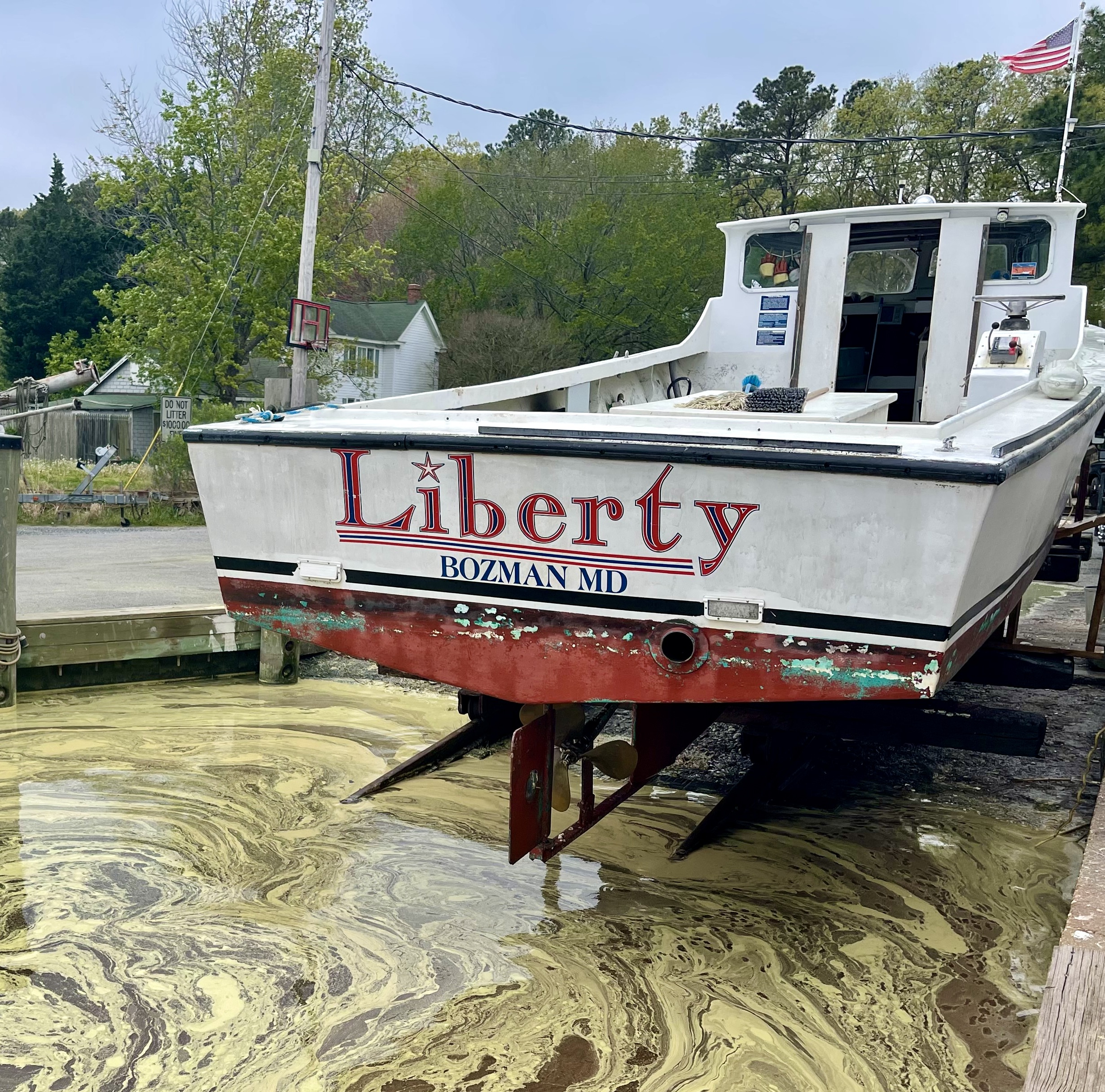
With liberty and pollen for all. Photos by Dennis Forney
No, not Stormy Daniels and the Trumpster. That situation’s neither sublime nor quiet. Rather, as you’ve probably guessed from the pictures, I’m writing about the pine pollen storm now in full fettle.
The man sitting at the C-Street bar in St. Michaels, between bites of his egg and sausage breakfast sandwich, chased with the Lord’s Liquor (H2O), didn’t waste any words in his opinion of nature’s version of Dr. Suess’s oobleck. “I see absolutely no redeeming value in pine pollen.”
I was allowing how there must be some nutritional value of pollen, maybe as a fertilizer or something like that to give it a smidgen of positive patina.
Didn’t want to be disputatious, being in the morning and all. Not good for the digestion. But, it stirred my curiosity, like the swirl of pine pollen on puddles and other local waters.

Pine candles ready to burst.
Turns out that pine pollen is even available commercially for treating a whole host of physical issues. Green stuff can be made with that green stuff.
Given that pollen is the male fertilizing component for pine and other plant reproduction, it’s not surprising to find “boosting testosterone” nestled in the list of potential health purposes of pine pollen discussed at healthline.com.
Here’s just a smattering straight from the site:
“Pine pollen has long been used for a variety of health-related purposes, such as supplementing the diet or adding to foods, slowing aging, reducing fatigue, boosting testosterone, and treating a variety of conditions, including colds, constipation, and prostate disease.
“Some of the proposed health benefits of pine pollen are anecdotal. This means they’re derived from personal testimony rather than research studies. “However, scientists have been actively investigating the potential benefits of pine pollen. … Pine pollen has the following nutrients: protein, fatty acids, carbohydrates, minerals, such as calcium and magnesium, and vitamins, such as B vitamins and vitamin E.”
Given all that, is it too far-fetched to think that ingesting a couple of teaspoons of pine pollen could, after all, be an aid to digestion or even a COVID-19 deterrent?
If nothing else, the subtle green of pine pollen could be pretty, sprinkled atop a cup of creamed coffee like some of those fancy baristas do. Think spin art or a Rorschach test.
And, you have to admit, there’s something poetically romantic about the thought of a few dashes of pine pollen spread, perhaps in a chevron design, across a succulent set of shad roe. Spring and rebirth. Isn’t it grand?
Go outside now and breathe deeply. Ahhh – feel that lift?
—



